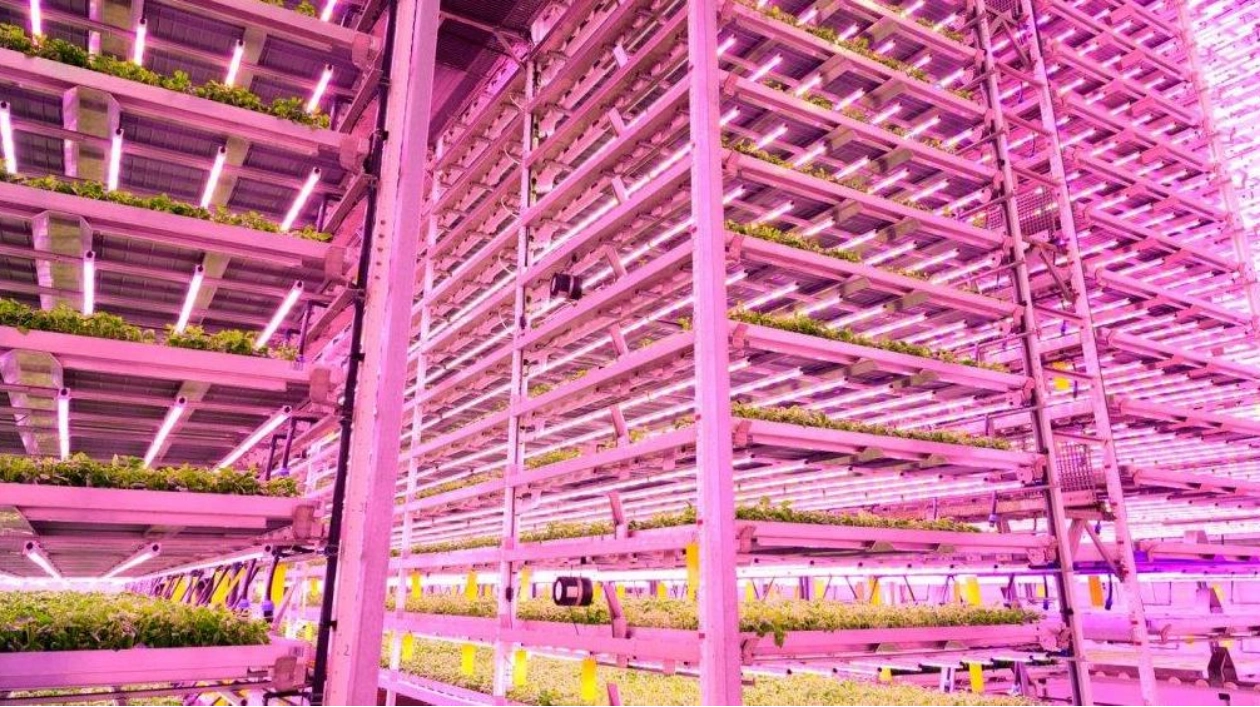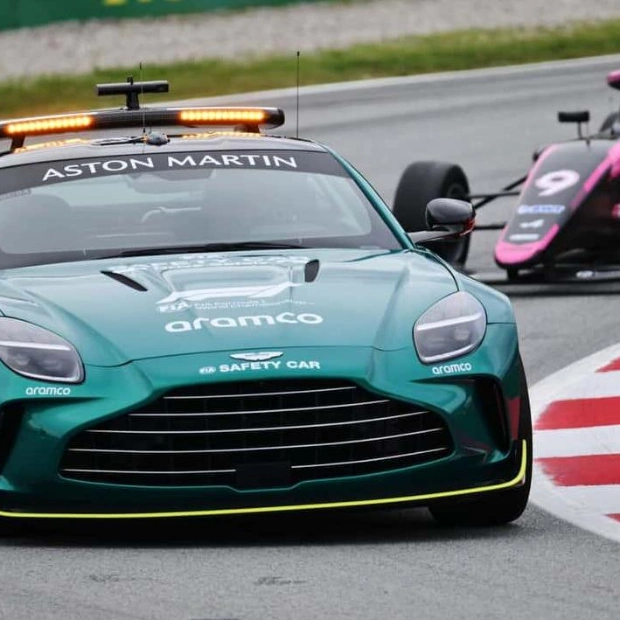Adjusting the dimmer switch could assist indoor farmers in addressing one of their most significant challenges: escalating electricity costs. Cultivating crops in stacked rows indoors under artificial lights with fixed intensity can yield more food per square foot while conserving land and water compared to traditional outdoor farms. However, this vertical farming method is also energy-intensive and costly. Researchers have now developed a computer program that manages lighting to optimize both photosynthesis and electricity expenses. Described on September 24 in Frontiers in Science, the program adjusts the intensity of grow lights hourly based on fluctuating electricity costs.
This 'smart lighting' could potentially reduce vertical farms' electricity costs by up to 12 percent, according to Leo Marcelis, a horticulturist at Wageningen University in the Netherlands. This could translate to savings of tens of thousands of dollars annually for some farms, as indicated by the 2021 Global CEA Census Report and Marcelis' projections. But how do indoor crops respond to dynamic lighting? Marcelis and his team tested how leafy greens like basil, spinach, and arugula reacted to hourly changing light patterns. Both groups of plants showed similar mature weight and leaf area compared to those grown under fixed intensity lights.
The new computer program did not dictate the experimental lighting conditions, but the findings suggest that indoor farms can save on electricity. Further research on dynamic lighting at larger scales is necessary, according to Marcelis. Fatemeh Sheibani, a plant physiologist at Purdue University, notes that the study is a promising start for more research but emphasizes that dynamic lighting is not yet a near-term benefit for vertical farming.






